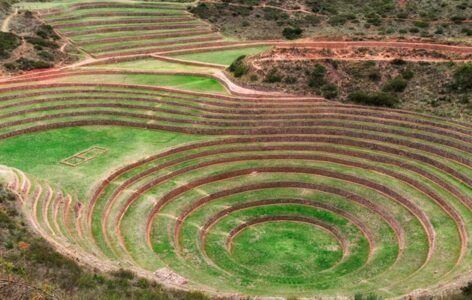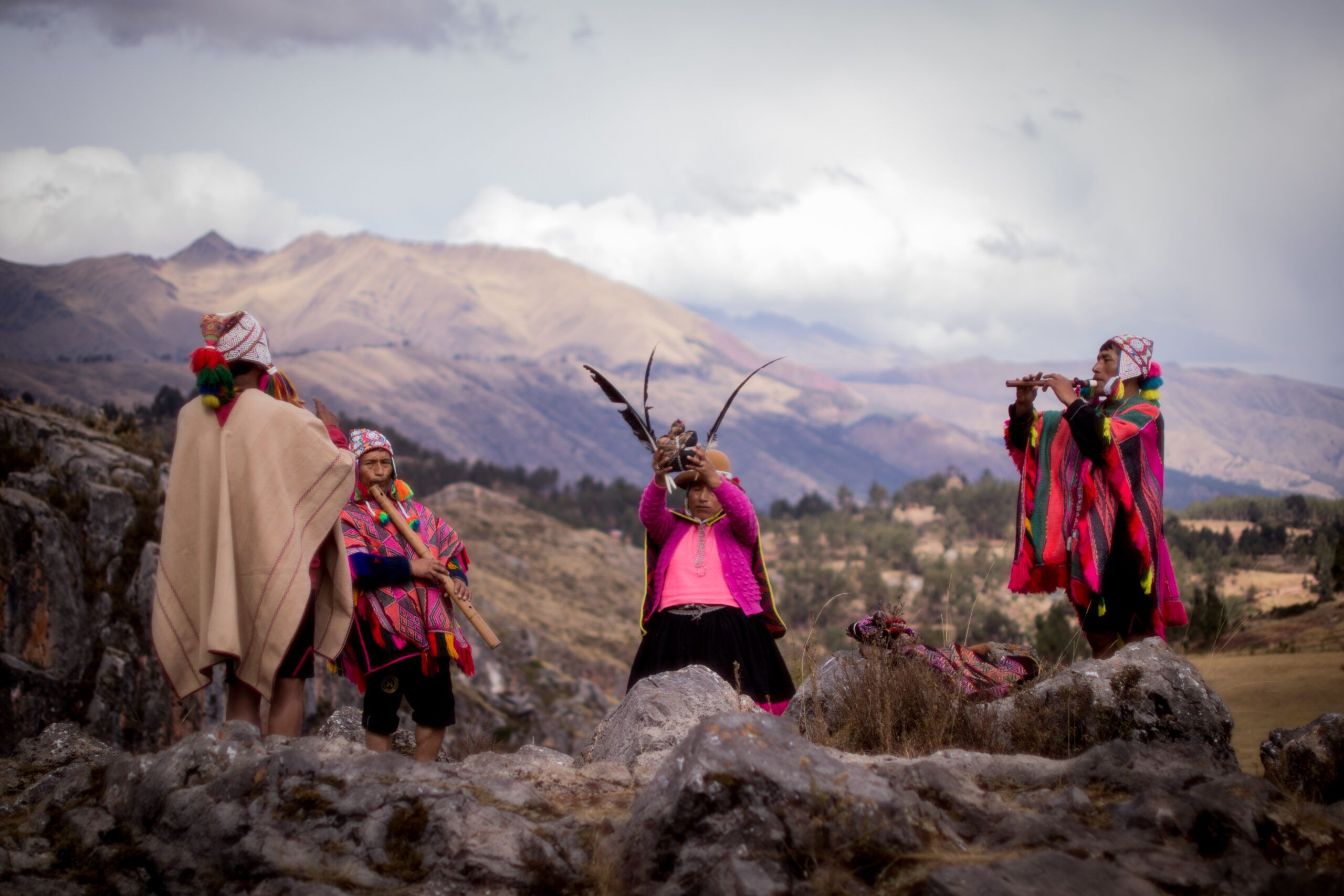Fire has always been a sacred element in many spiritual traditions worldwide, and in the Andean cosmovision, it plays a crucial role in connecting the physical and spiritual realms.
The Fire Ceremony is an ancestral ritual that allows participants to offer prayers, release negativity, and seek transformation through the sacred flames.
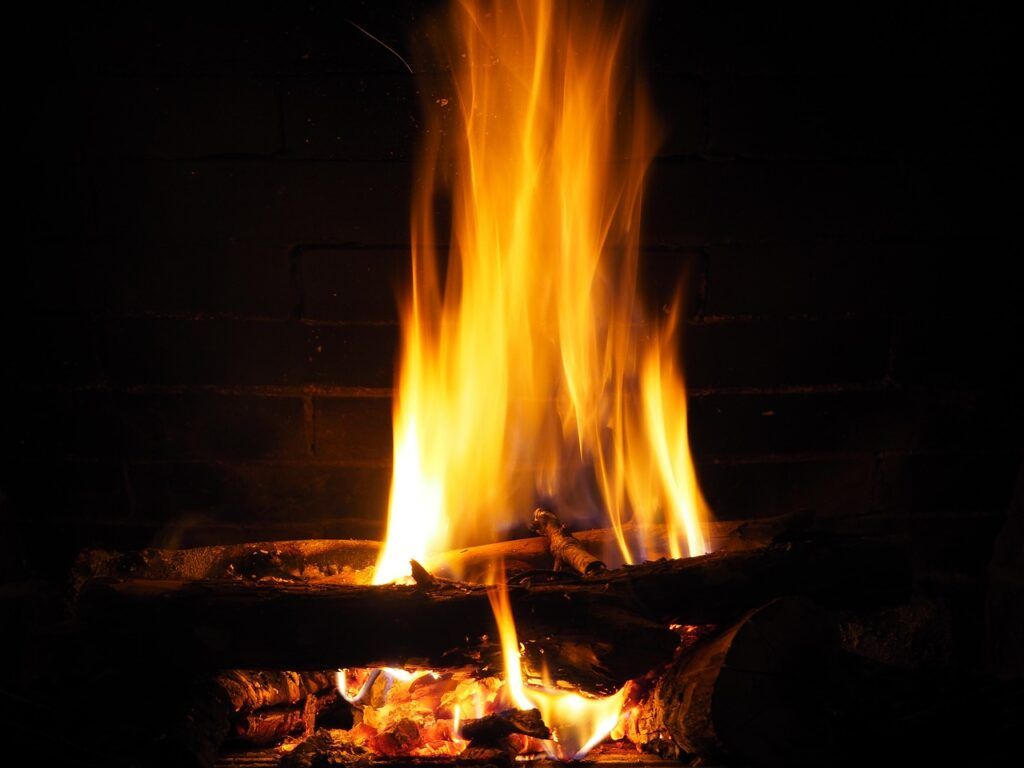
The Role of Fire in Andean Spirituality
In Andean traditions, fire is not merely a physical phenomenon but a living entity with consciousness.

It is one of the primary Apus (sacred forces) that mediates between humans and the spiritual world. People believe the fire has the power to purify, heal, and bring clarity.
It is often invoked to cleanse energies and to communicate with Pachamama (Mother Earth), the Apus (mountain spirits), and the Taytas y Mamas (sacred ancestors).
According to paqos, fire is an ally that helps us transform our fears, limitations, and obstacles into wisdom and strength.
The ceremony provides an opportunity to align with nature and restore harmony in one’s life.
How this Ceremony is Performed
Each Fire Ceremony follows a structure that varies depending on the lineage and tradition of the paqos leading it. However, most ceremonies include the following elements:

- Preparation and Sacred Space – The ceremony begins by setting up a sacred space, often outdoors, where participants gather in a circle around the fire. The mesa (sacred altar) may be prepared with offerings such as coca leaves, flowers, and sacred stones.
- Invocation of Sacred Beings – The paqo or shaman calls upon the spirits of the fire, the four directions (North, South, East, and West), and other sacred entities to bless the ceremony.
- Offerings and Intentions – Participants write their prayers, fears, or wishes on small pieces of paper or prepare natural offerings such as wood, resins, or medicinal herbs. These are then placed into the fire as an act of release and transformation.
- Chanting and Music – Participants use traditional Andean songs, drums, and chants to elevate the energy and create a connection with the spiritual world.
- Closing and Gratitude – After the fire consumes the offerings, participants express gratitude to the spirits and may receive personal messages or insights from the paqos.
The Meaning and Benefits of the Fire Ceremony
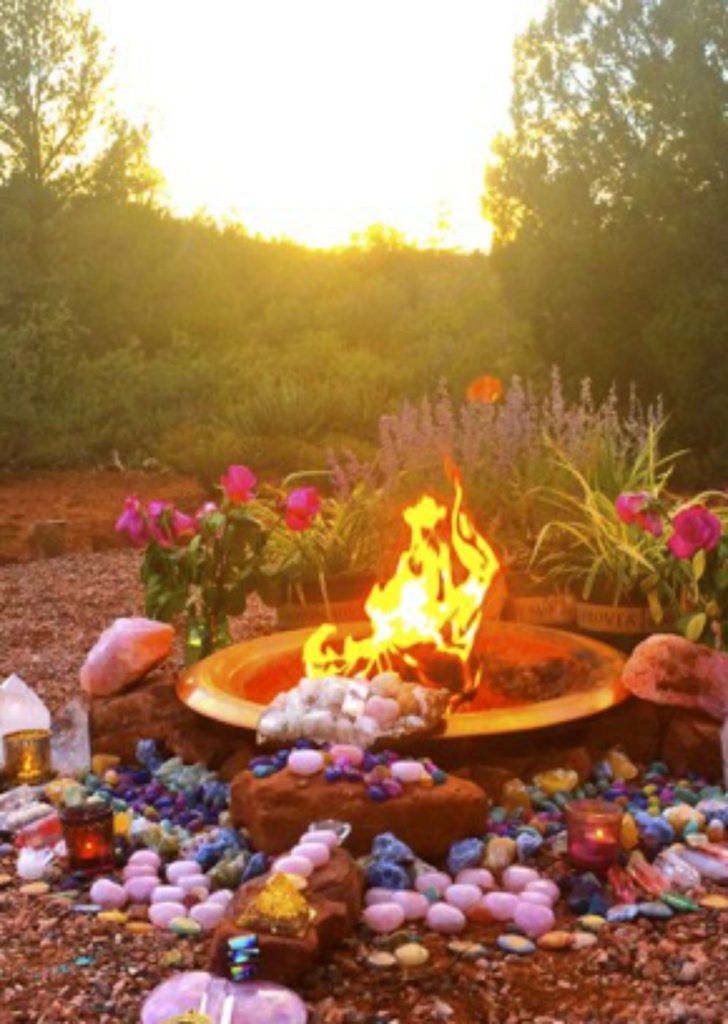
The Fire Ceremony serves multiple purposes, including:
- Purification: Releasing old wounds, traumas, or negative emotions.
- Transformation: Helping individuals embrace change and new beginnings.
- Connection: Strengthening the bond with nature and spiritual ancestors.
- Healing: Restoring balance to one’s emotional and energetic field.
Many who participate in Fire Ceremonies report feeling lighter, more connected, and empowered after the experience.
The ritual is not just about letting go but also about igniting new intentions and embracing personal growth.
How to Participate in Fire Ceremony
If you are interested in attending a Fire Ceremony, it is essential to do so with respect and openness. Many Andean communities and spiritual centers offer these ceremonies, guided by experienced paqos.
Here are some recommendations:
- Seek a reputable Andean paqo or shaman who carries authentic lineage and knowledge.
- Approach the ceremony with humility and a sincere heart.
- Bring natural offerings such as coca leaves, flowers, or wood if required.
- Dress appropriately for outdoor conditions, as ceremonies often take place in nature.
- Be open to the experience and the messages that may arise.
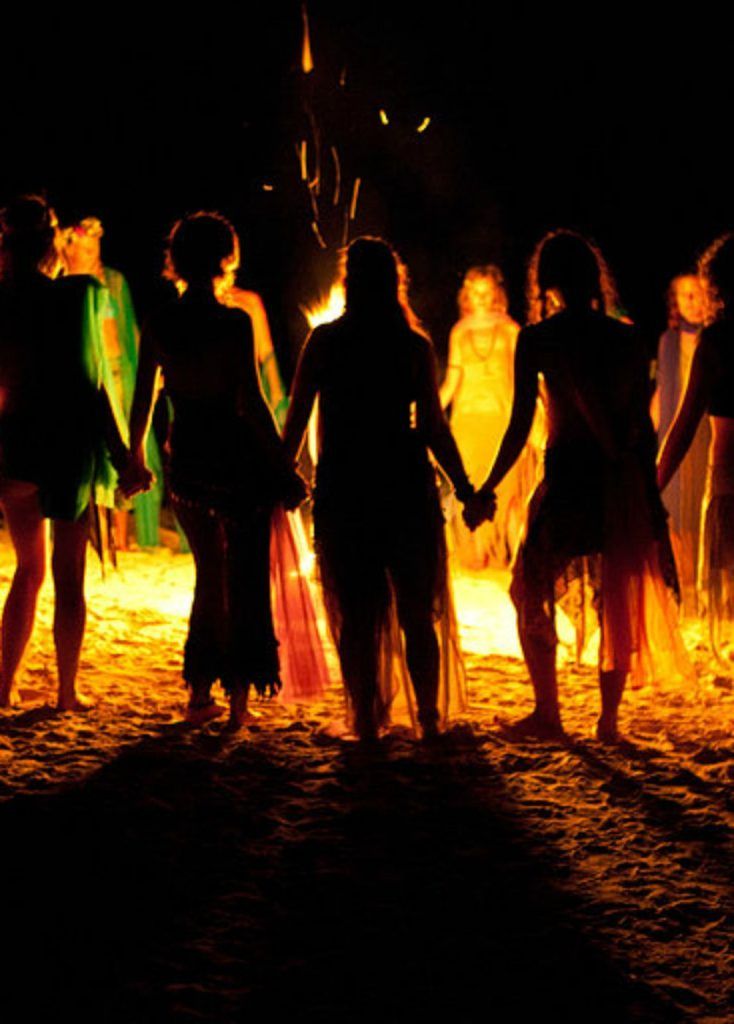
References
- Villoldo, A. (2006). Shaman, Healer, Sage: How to Heal Yourself and Others with the Energy Medicine of the Americas. Harmony.
- Merlino, S. (2019). Andean Wisdom: Shamanic Teachings for Spiritual Growth and Personal Transformation. EarthSky Books.
- Rösing, I. (2003). The Teachings of the Incas: A Guide to Andean Spirituality. University of Arizona Press.

